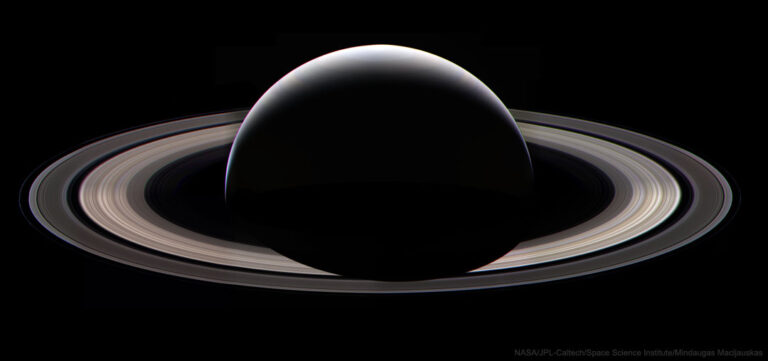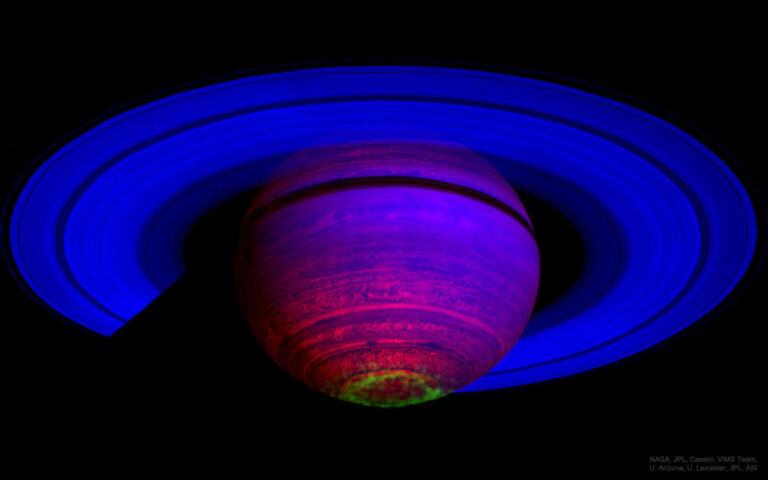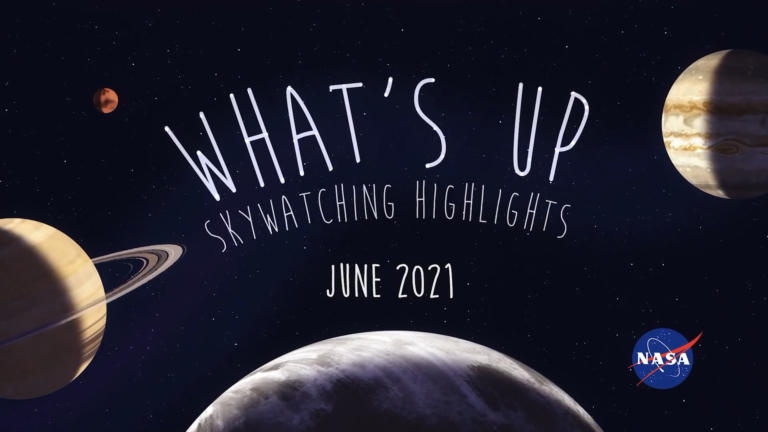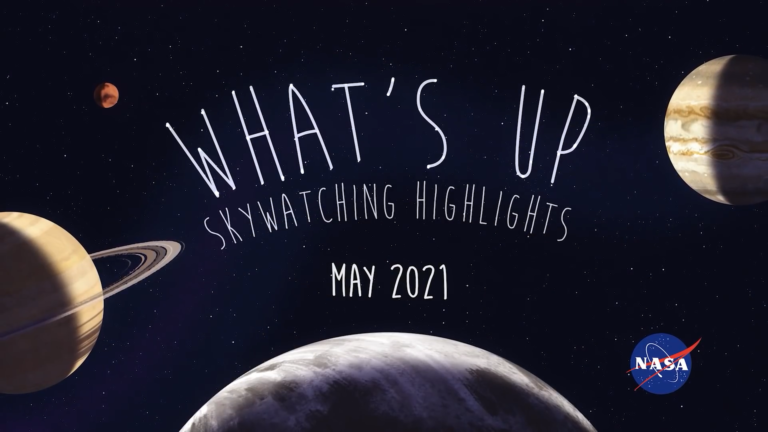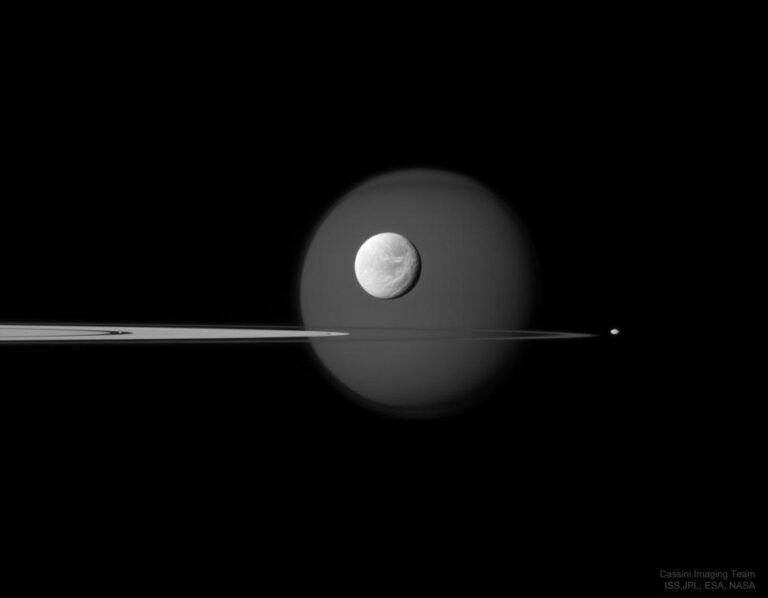土星的夜面
2021年9月11日 Saturn at Night Image Credit: NASA, JPL-Caltech, Space Science Institute, Mindaugas Macijauskas Explanation: Still bright in planet Earth’s night skies, good telescopic views of Saturn and its beautiful rings often make it a star at star parties. But this stunning view of Saturn’s rings and night side just isn’t possible from telescopes closer to the Sun than the outer planet. They can only bring Saturn’s day into view. In fact, this image of Saturn’s slender sunlit crescent with night’s shadow cast across its broad and complex ring system was captured by the Cassini spacecraft. A robot spacecraft from planet Earth, Cassini called Saturn orbit home for 13 years before it was directed to dive into the atmosphere of the gas giant on September 15,…

